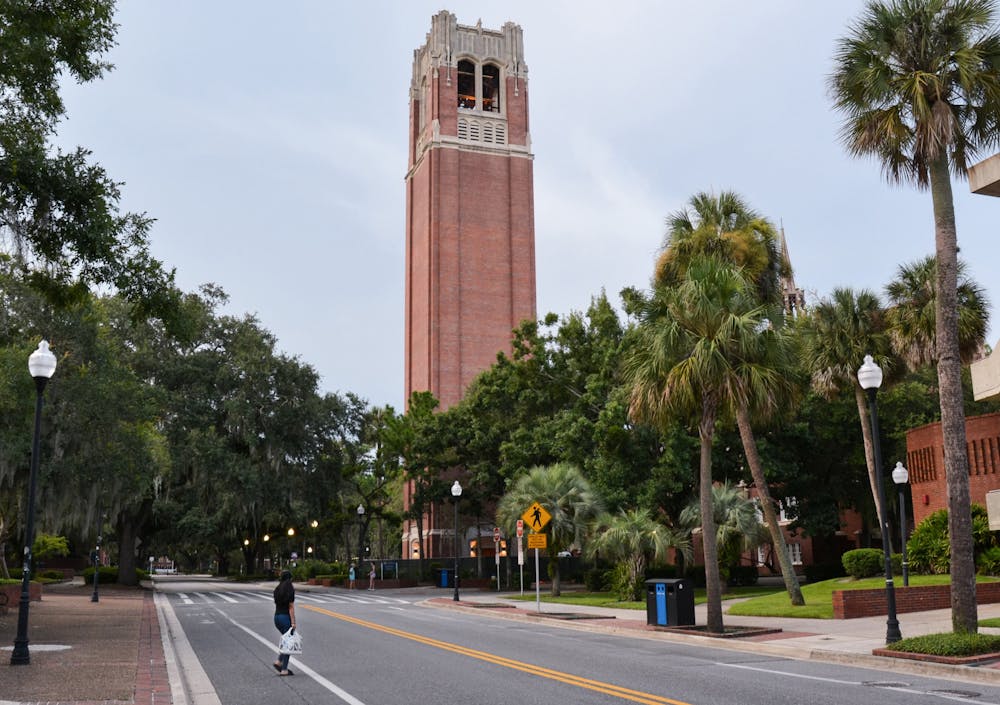UF stands on top among public universities in the U.S., according to a ranking released by The Wall Street Journal Sept 6.
The ranking, which consisted of 400 universities in the country, placed UF number one for public universities and number 15 overall. The overall rankings included both public and private universities.
UF President Ben Sasse said the high placement was only the beginning for the university’s continued growth.
“The University of Florida has done incredible things, and we’re not slowing down,” Sasse said in a press release.
UF students are celebrating the number one ranking as well.
“Honestly, I felt incredibly grateful and honored to be able to study here at UF,” said 19-year-old UF exploratory sophomore Sara Hutchinson. “Knowing that I go to the number one ranked public university in the country blows my mind. ”
To rank the universities, The Wall Street Journal weighted student outcomes at 70%, learning environment at 20% and diversity at 10%.
The criteria categories are further broken down into subcategories.
Student outcomes subcategories are salary impact versus similar colleges (33%), years to pay off net price (17%) and graduation rate versus similar colleges (20%).
Subcategories of learning environment include learning opportunities (5%), preparation for career (5%), learning facilities (5%) and recommendation score (5%).
The diversity category used opportunities to interact with students from different backgrounds (5%), ethnic diversity (1.5%), inclusion of students with lower family earnings (1.5%), inclusion of students with disabilities (1%) and international diversity (1%) to evaluate the best universities.
University rankings from U.S. News & World Reports are not published as of Sept. 6, but the previous year’s report ranked UF top five among public universities.
U.S. News & World Reports uses different criteria to rank universities.
For national universities and liberal arts colleges they evaluate graduation and retention rates (22%), social mobility (5%), graduation rate performance (8%), undergraduate academic reputation (20%), faculty resources (20%), student selectivity for the previous year’s class (7%), financial resources per student (10%), average alumni giving rate (3%) and graduate indebtedness (5%).
Contact Megan Howard at mhoward@alligator.org. Follow her on Twitter @meganmhxward.
Megan is the Fall 2025 metro editor of The Alligator. She has worked as a reporter for the university and metro desks, and she previously worked as the opinions editor and senior news director. In the summer she interned at the Las Vegas Review-Journal. In her free time she likes to read as she attempts to beat her Goodreads goal.






